Home>Gardening & Outdoor>Landscaping Ideas>What Does Zoysia Grass Look Like
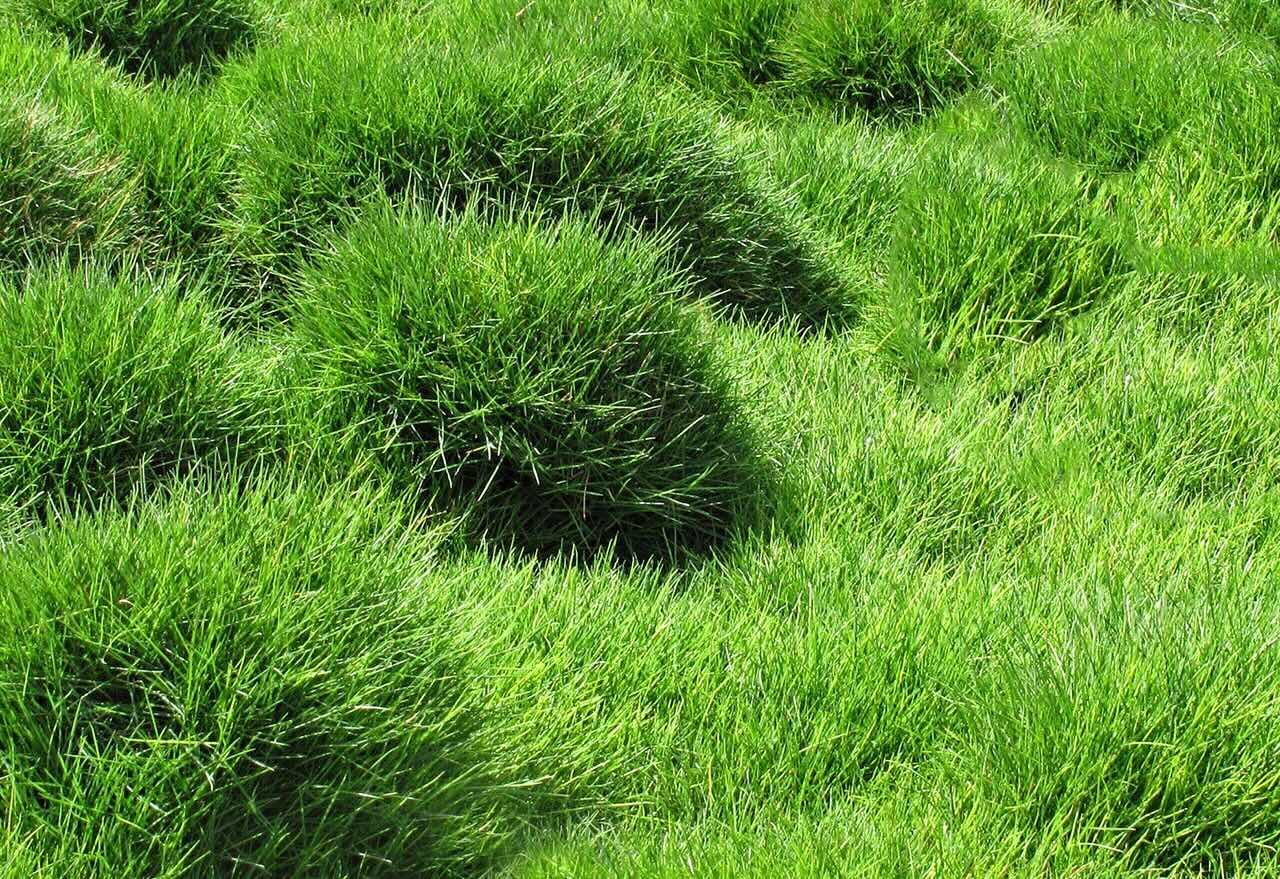

Landscaping Ideas
What Does Zoysia Grass Look Like
Modified: March 29, 2024
Discover the visual appeal of Zoysia grass and get landscaping ideas to enhance your outdoor space. Learn what Zoysia grass looks like and how it can elevate your landscape design.
(Many of the links in this article redirect to a specific reviewed product. Your purchase of these products through affiliate links helps to generate commission for Storables.com, at no extra cost. Learn more)
Introduction
Welcome to the wonderful world of Zoysia grass! If you’re looking for a beautiful, low-maintenance grass that can transform your lawn into a lush, green paradise, then Zoysia grass might just be the perfect choice for you. This warm-season grass has been a favorite among homeowners, landscapers, and golf course managers for its exceptional durability, drought tolerance, and attractive appearance.
In this article, we’ll take a closer look at what Zoysia grass looks like, its key characteristics, different varieties available, and essential care tips to help you maintain a healthy and vibrant Zoysia lawn. Whether you’re a seasoned lawn care enthusiast or a newcomer to the world of landscaping, understanding the unique qualities of Zoysia grass can inspire you to create a stunning outdoor space that you can enjoy year-round.
Key Takeaways:
- Zoysia grass is a visually stunning, low-maintenance option for creating lush, green lawns. Its resilience, vibrant color, and dense growth make it perfect for high-traffic areas and formal landscapes.
- Understanding the unique characteristics and appearance of Zoysia grass can help you select the perfect variety for your specific landscaping needs. With proper care, Zoysia grass can thrive year-round, enhancing the beauty of outdoor spaces.
Read more: What Does Crabgrass Look Like
Characteristics of Zoysia Grass
Zoysia grass is renowned for its exceptional resilience and adaptability, making it a popular choice for lawns, golf courses, and parks. Here are some key characteristics that set Zoysia grass apart:
- Drought Tolerance: Zoysia grass is well-known for its ability to withstand dry conditions, making it an ideal choice for regions with hot summers and limited rainfall. Its deep root system allows it to access water deep within the soil, helping it survive extended periods of drought.
- Heat Resistance: This warm-season grass thrives in hot climates and can maintain its vibrant green color even during the peak of summer. Its heat tolerance makes it a popular choice for lawns in southern regions.
- Low Maintenance: Zoysia grass requires minimal maintenance compared to other grass varieties. It has a slow growth rate, reducing the frequency of mowing, and its dense growth pattern helps inhibit weed growth, decreasing the need for herbicides.
- Wear Resistance: With its dense, thick growth habit, Zoysia grass can withstand moderate to heavy foot traffic, making it an excellent choice for lawns, parks, and sports fields.
- Cold Hardiness: While Zoysia grass is a warm-season grass, some varieties exhibit improved cold tolerance, allowing them to thrive in transitional climate zones.
- Salt Tolerance: Certain varieties of Zoysia grass are capable of tolerating moderate levels of salt, making them suitable for coastal areas where soil salinity may be a concern.
These outstanding characteristics make Zoysia grass a top contender for homeowners seeking a resilient, visually appealing, and low-maintenance lawn solution. Understanding these traits can help you make an informed decision when selecting the right grass for your outdoor space.
Appearance of Zoysia Grass
Zoysia grass boasts a visually striking appearance that sets it apart from other turfgrasses. Its fine to medium texture and lush, dense growth habit create a luxurious carpet-like effect that enhances the overall aesthetic of any landscape. Here’s a closer look at the appearance of Zoysia grass:
Color: When healthy and well-maintained, Zoysia grass exhibits a vibrant, rich green hue that adds a touch of elegance to any outdoor setting. Its natural coloration can vary slightly depending on the specific variety and environmental conditions, but it generally maintains a beautiful green tone throughout the growing season.
Blade Structure: The blades of Zoysia grass are typically narrow and have a slightly pointed tip, contributing to its fine-textured appearance. This characteristic gives Zoysia lawns a manicured and refined look, making it a popular choice for formal landscapes and residential lawns.
Growth Pattern: Zoysia grass forms a dense, thick mat of turf due to its vigorous lateral growth and rhizomatous nature. This growth pattern not only enhances the visual appeal of the grass but also contributes to its ability to withstand wear and tear, making it an excellent option for high-traffic areas.
Overall Aesthetic: The overall aesthetic of Zoysia grass is one of understated elegance and natural beauty. Its uniform, carpet-like appearance creates a seamless and inviting outdoor space, whether used for a backyard lawn, a commercial landscape, or a recreational field.
Whether you’re seeking a grass variety that exudes sophistication or one that can withstand the rigors of daily use, the visually appealing nature of Zoysia grass makes it a top choice for homeowners and landscape professionals alike.
Zoysia grass is a dense, fine-bladed grass with a lush green color. It forms a thick carpet-like appearance and has a soft texture. It is often used in lawns, golf courses, and sports fields for its durability and attractive appearance.
Varieties of Zoysia Grass
Zoysia grass offers a diverse range of varieties, each with its own unique characteristics and suitability for specific growing conditions. Understanding the different types of Zoysia grass can help you select the most suitable option for your landscaping needs. Here are some popular varieties of Zoysia grass:
- Zoysia Japonica: Also known as Japanese or Korean lawngrass, Zoysia Japonica is a fine-textured variety that thrives in warm climates. It is prized for its dense growth habit and excellent tolerance to foot traffic, making it a popular choice for lawns and recreational areas.
- Zoysia Matrella: This variety, commonly referred to as Manila grass, exhibits a finer texture compared to other Zoysia types. It is well-suited for golf courses, parks, and residential lawns, offering a lush, manicured appearance and excellent tolerance to close mowing.
- Zoysia Tenuifolia: Also known as Korean velvet grass or Mascarene grass, Zoysia Tenuifolia is prized for its exceptionally fine texture and luxurious appearance. It is often used as a ground cover or ornamental grass due to its unique aesthetic qualities.
- Zoysia El Toro: This variety is celebrated for its superior cold tolerance, making it suitable for transitional climate zones where winters can be challenging for warm-season grasses. Zoysia El Toro maintains a vibrant green color during the growing season and offers excellent wear resistance.
- Zoysia Emerald: With its lush, emerald green color and moderate growth rate, Zoysia Emerald is a popular choice for residential lawns and commercial landscapes. It forms a dense turf and exhibits good tolerance to heat and drought, making it a versatile option for various environments.
Each variety of Zoysia grass has its own distinct attributes, allowing homeowners and landscapers to choose the most suitable option based on factors such as climate, desired aesthetic, and maintenance preferences. By exploring the diverse range of Zoysia grass varieties, you can find the perfect match for your specific landscaping requirements.
Care and Maintenance of Zoysia Grass
Proper care and maintenance are essential for nurturing a vibrant and healthy Zoysia grass lawn. By following these guidelines, you can ensure that your lawn remains lush and resilient throughout the growing season:
- Watering: Zoysia grass exhibits excellent drought tolerance, but it benefits from deep, infrequent watering. During hot and dry periods, provide the lawn with approximately 1 inch of water per week, allowing the moisture to penetrate the soil to a depth of 6-8 inches.
- Mowing: Maintain Zoysia grass at a recommended height of 1.0 to 2.0 inches, depending on the specific variety. Regular mowing helps promote a dense turf and prevents thatch buildup. Avoid removing more than one-third of the grass blade length in a single mowing session.
- Fertilization: Apply a balanced, slow-release fertilizer to Zoysia grass in early spring to promote healthy growth. Avoid excessive nitrogen fertilization, as this can lead to thatch accumulation and reduced stress tolerance.
- Aeration: Periodic core aeration helps alleviate soil compaction and promotes better air, water, and nutrient penetration into the root zone. Aeration is particularly beneficial for Zoysia lawns with heavy foot traffic or clay soils.
- Weed Control: Zoysia grass’s dense growth habit naturally inhibits weed establishment, but occasional spot treatments and pre-emergent herbicides can help control unwanted vegetation. Always follow label instructions when applying herbicides.
- Overseeding: In regions with cool-season grass dormancy, overseeding with a compatible cool-season grass in the fall can help maintain year-round greenery in the lawn.
- Winter Care: In colder climates, Zoysia grass may enter dormancy during the winter. Minimize foot traffic on dormant lawns and avoid excessive watering or fertilization until the grass resumes active growth in spring.
By implementing a comprehensive care regimen tailored to the specific needs of Zoysia grass, you can enjoy a lush, resilient lawn that enhances the beauty of your outdoor space. Regular maintenance and attentive care will ensure that your Zoysia grass thrives and remains an enduring source of natural elegance.
Read more: What Does Grass Allergy Look Like
Conclusion
In conclusion, Zoysia grass stands out as a versatile, visually appealing, and resilient option for creating stunning lawns and landscapes. Its remarkable characteristics, including drought tolerance, heat resistance, and low maintenance requirements, make it a sought-after choice for homeowners, commercial properties, and recreational areas.
Understanding the distinct appearance and growth habits of Zoysia grass allows for informed decision-making when selecting the most suitable variety for your specific landscaping needs. Whether you prefer the fine texture of Zoysia Matrella or the cold hardiness of Zoysia El Toro, there is a Zoysia grass variety to complement any outdoor environment.
By following proper care and maintenance practices, such as appropriate watering, mowing, fertilization, and weed control, you can ensure that your Zoysia grass lawn remains vibrant and healthy throughout the year. With its ability to withstand wear and tear, Zoysia grass is an excellent choice for high-traffic areas, providing a lush, inviting setting for outdoor activities and relaxation.
Whether you’re revitalizing an existing lawn or establishing a new landscape, the exceptional qualities of Zoysia grass make it a top contender for creating enduring natural beauty. Its lush, dense growth, vibrant green color, and overall resilience contribute to the creation of captivating outdoor spaces that can be enjoyed for years to come.
Embrace the allure of Zoysia grass and discover the transformative impact it can have on your outdoor environment. With its unparalleled beauty and enduring strength, Zoysia grass stands as a testament to the timeless elegance of nature’s green tapestry.
Frequently Asked Questions about What Does Zoysia Grass Look Like
Was this page helpful?
At Storables.com, we guarantee accurate and reliable information. Our content, validated by Expert Board Contributors, is crafted following stringent Editorial Policies. We're committed to providing you with well-researched, expert-backed insights for all your informational needs.
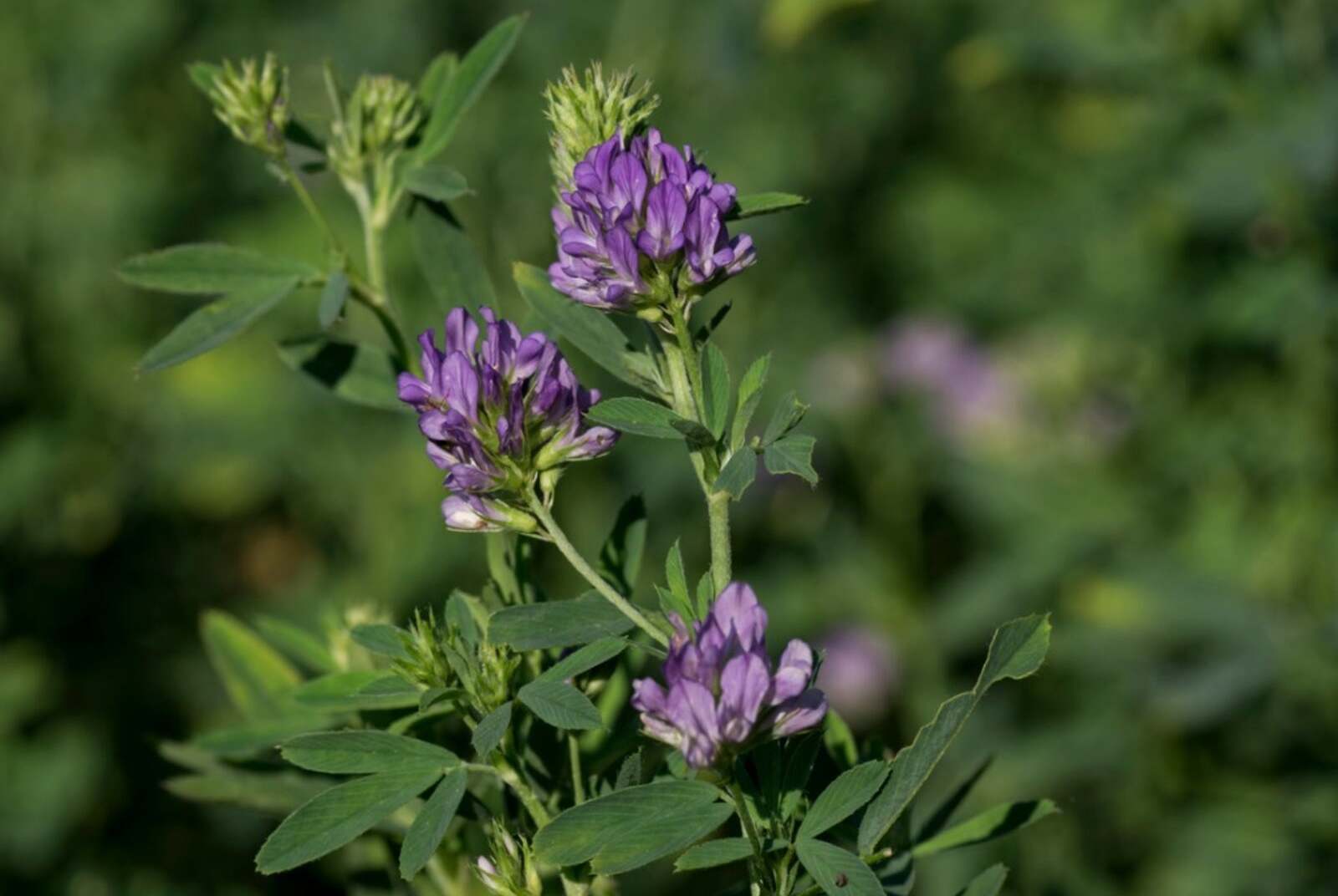
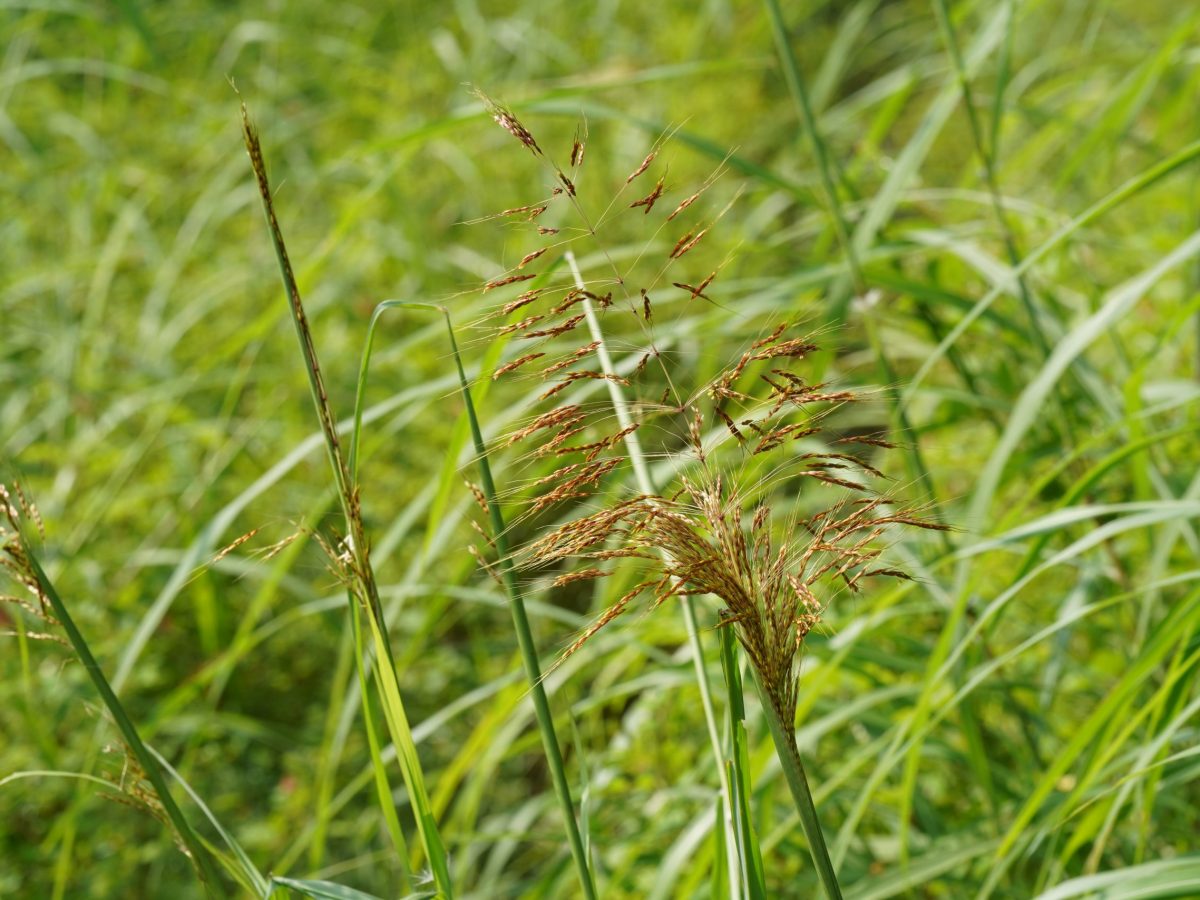
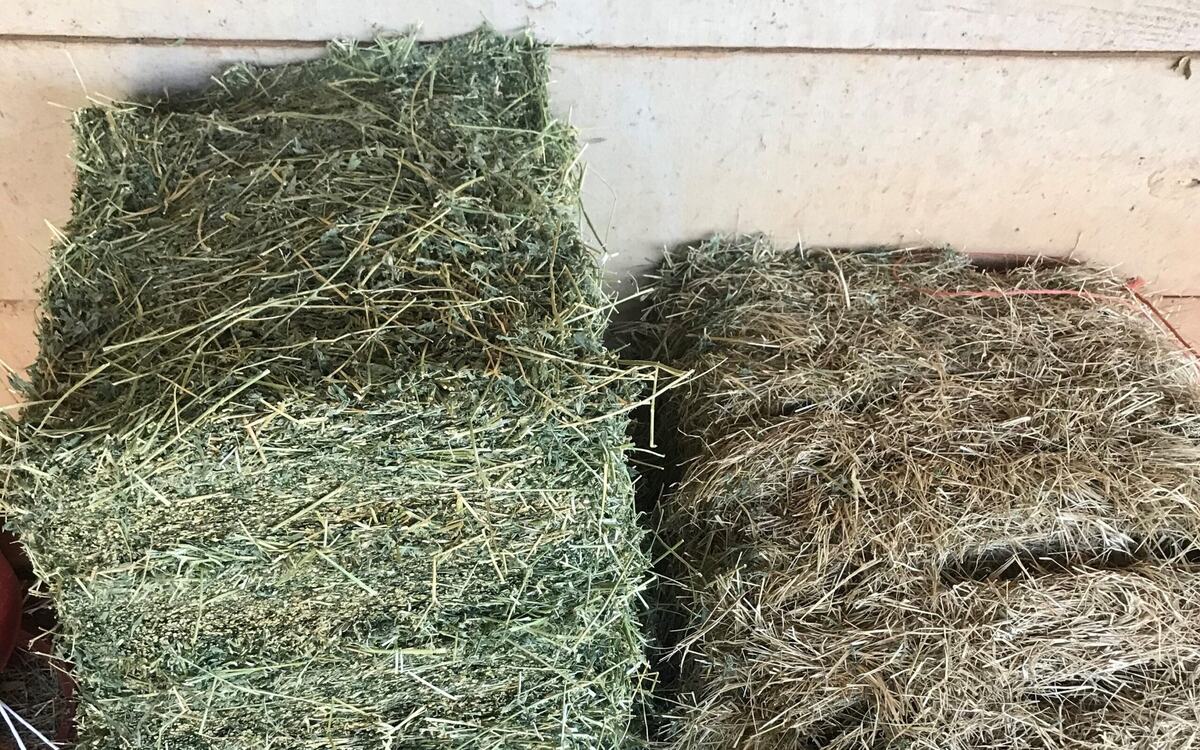
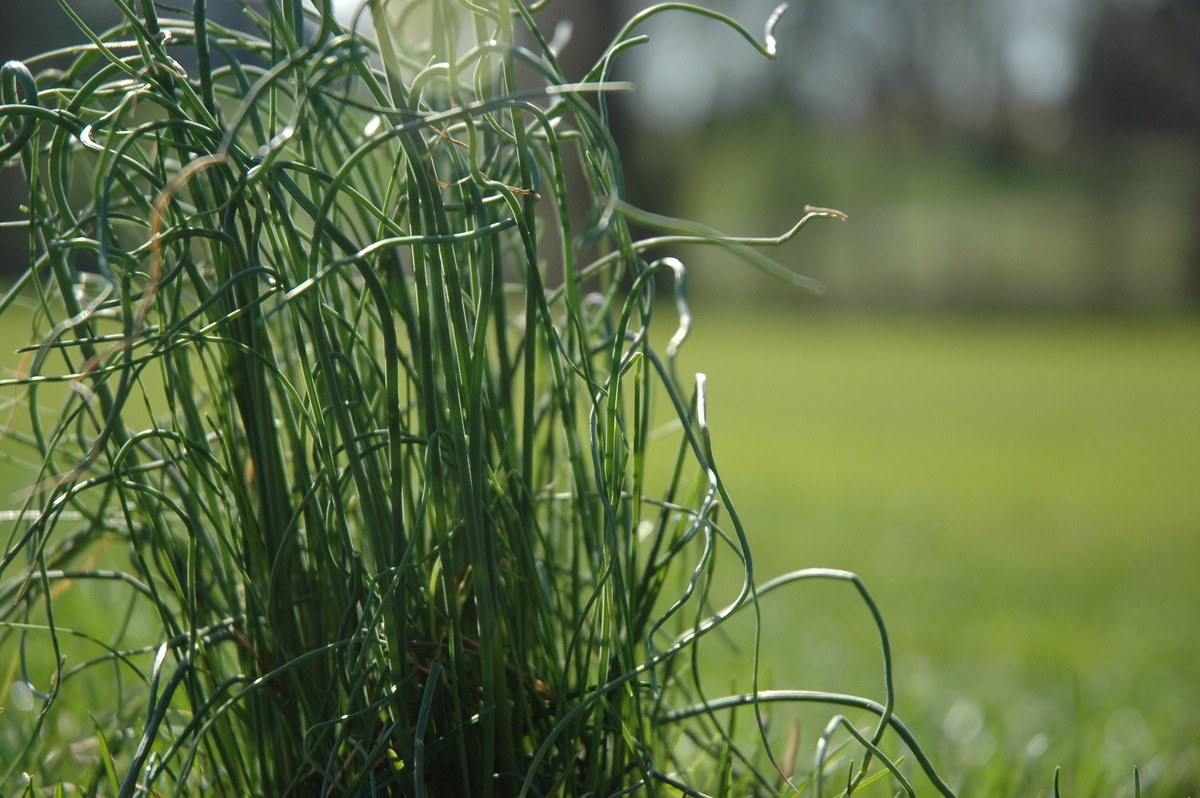
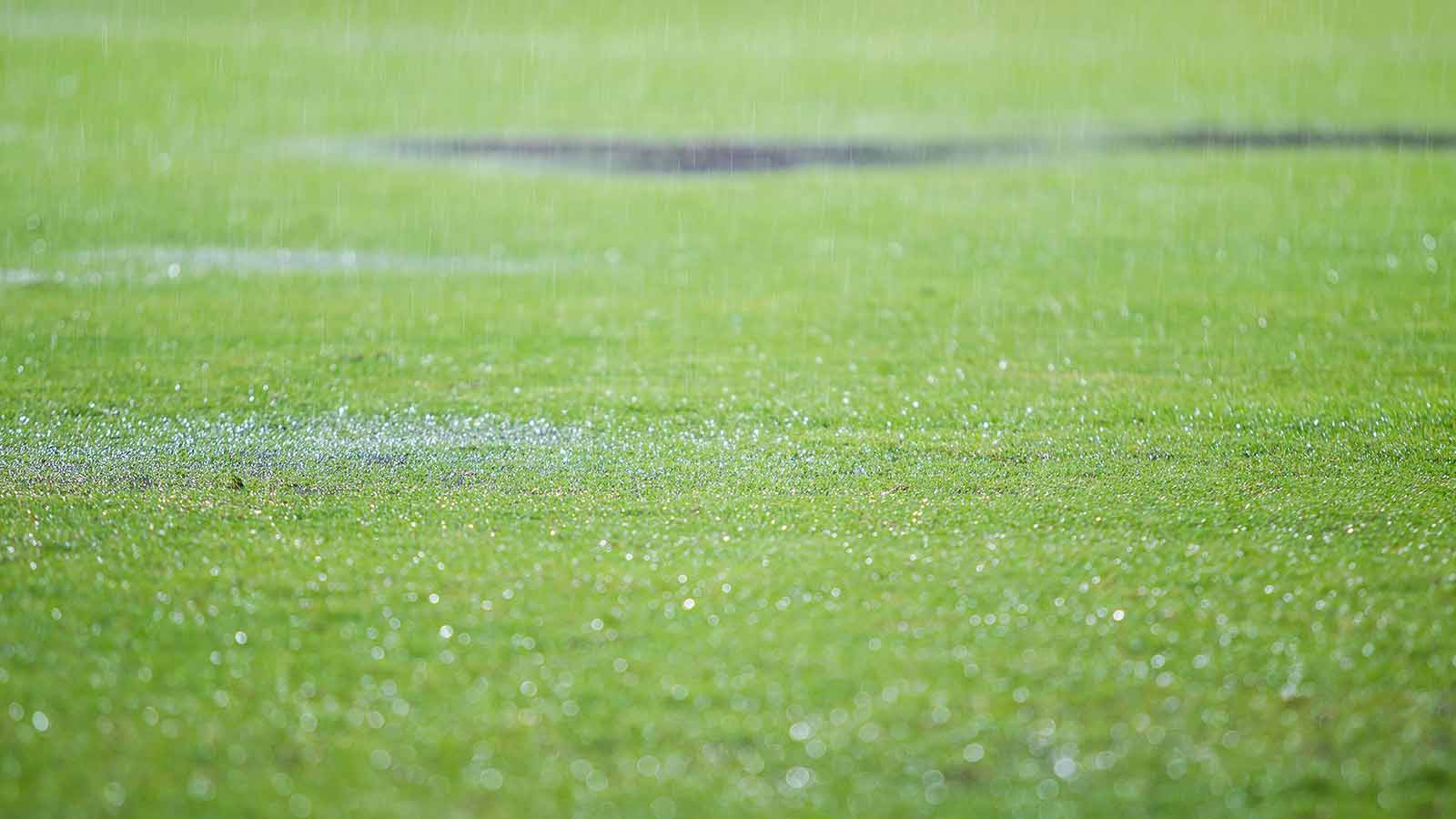
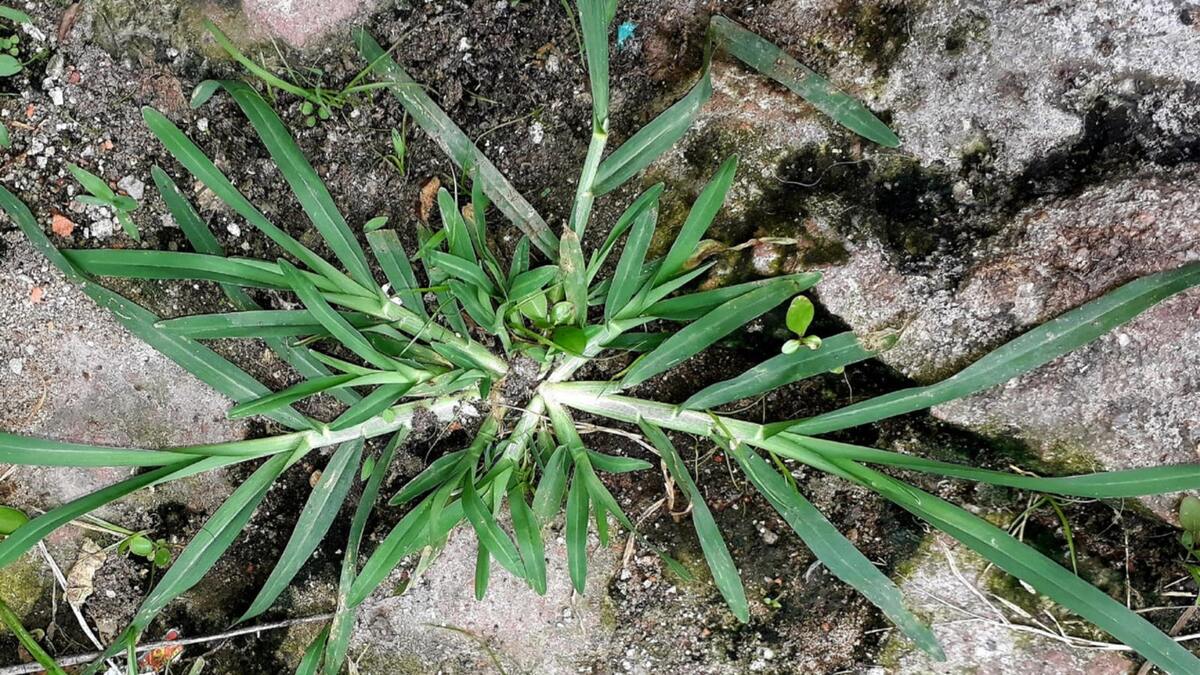
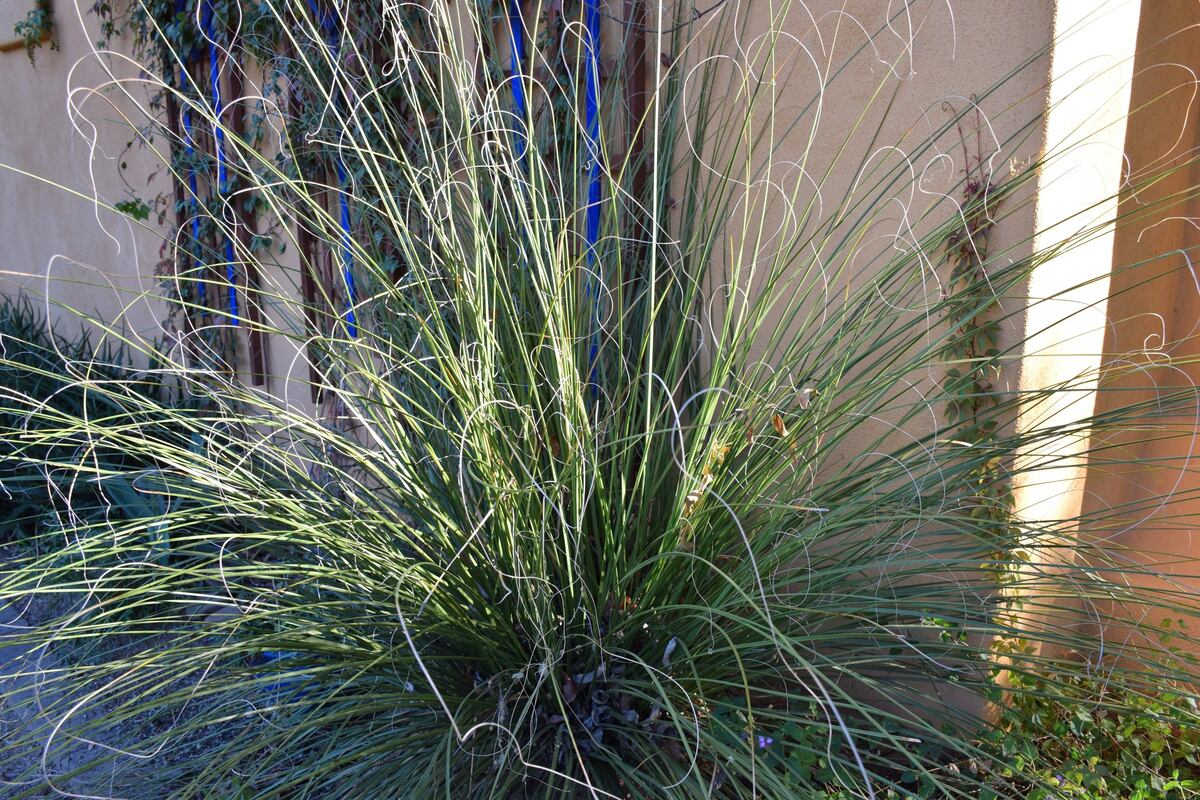
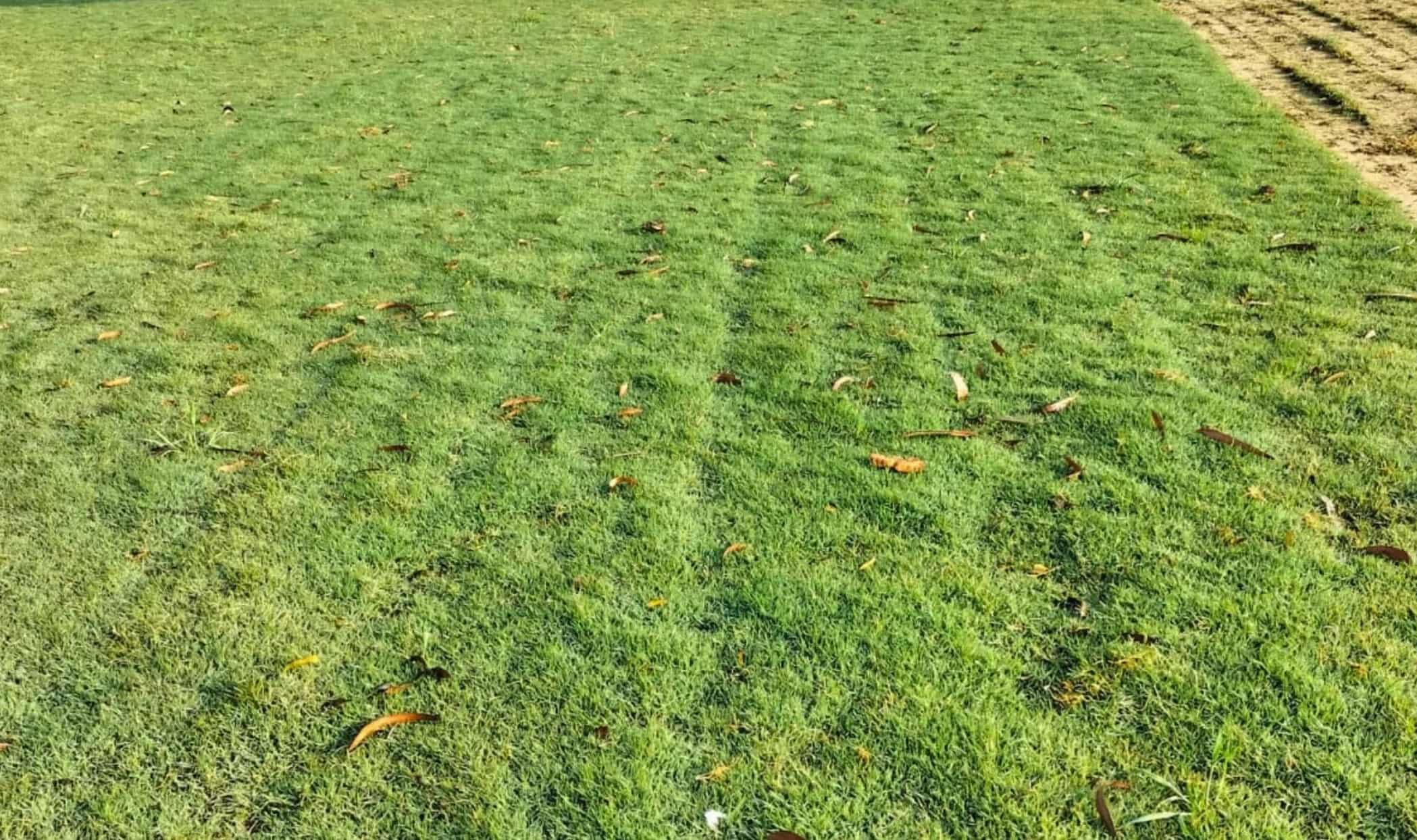
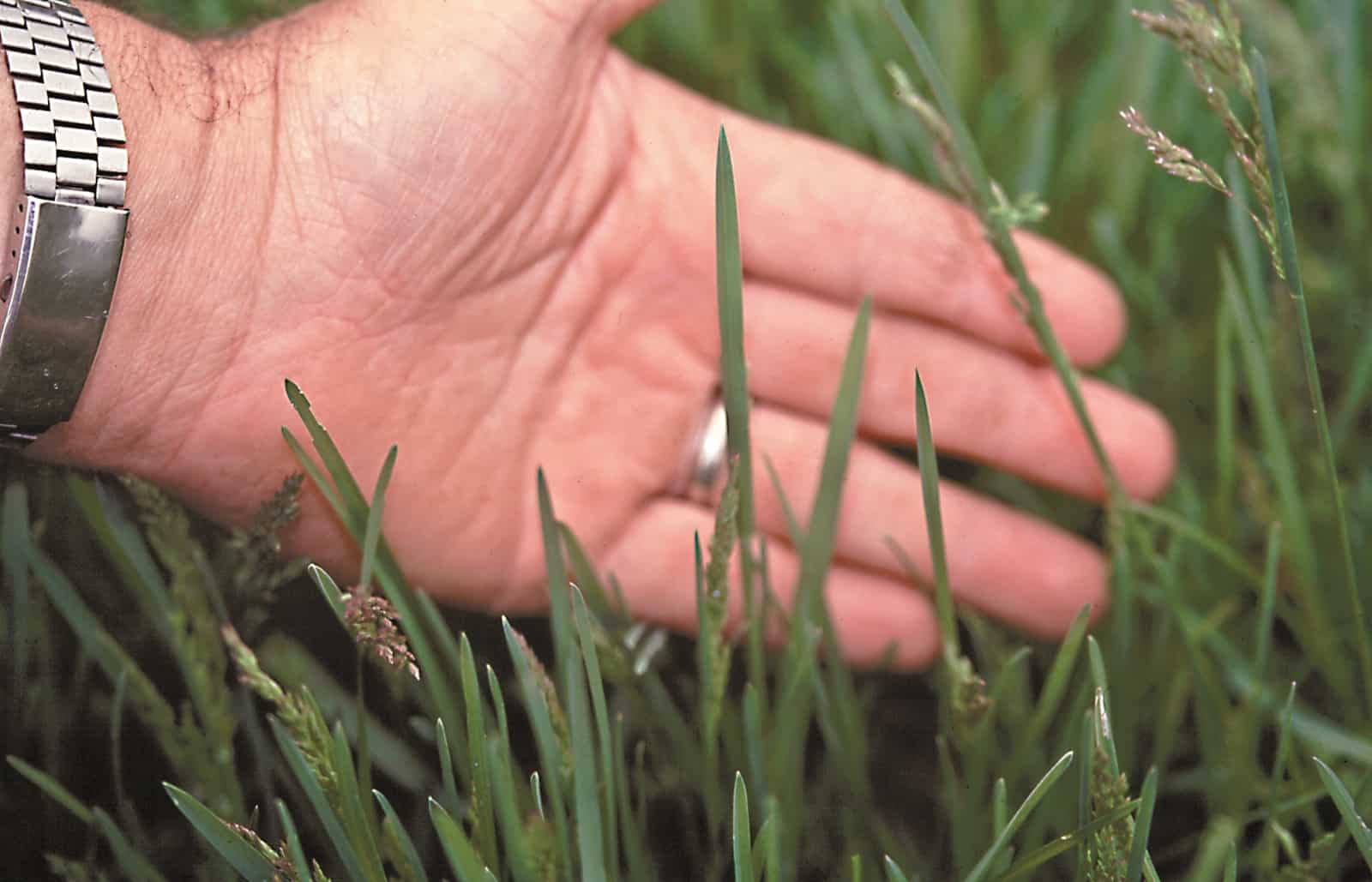
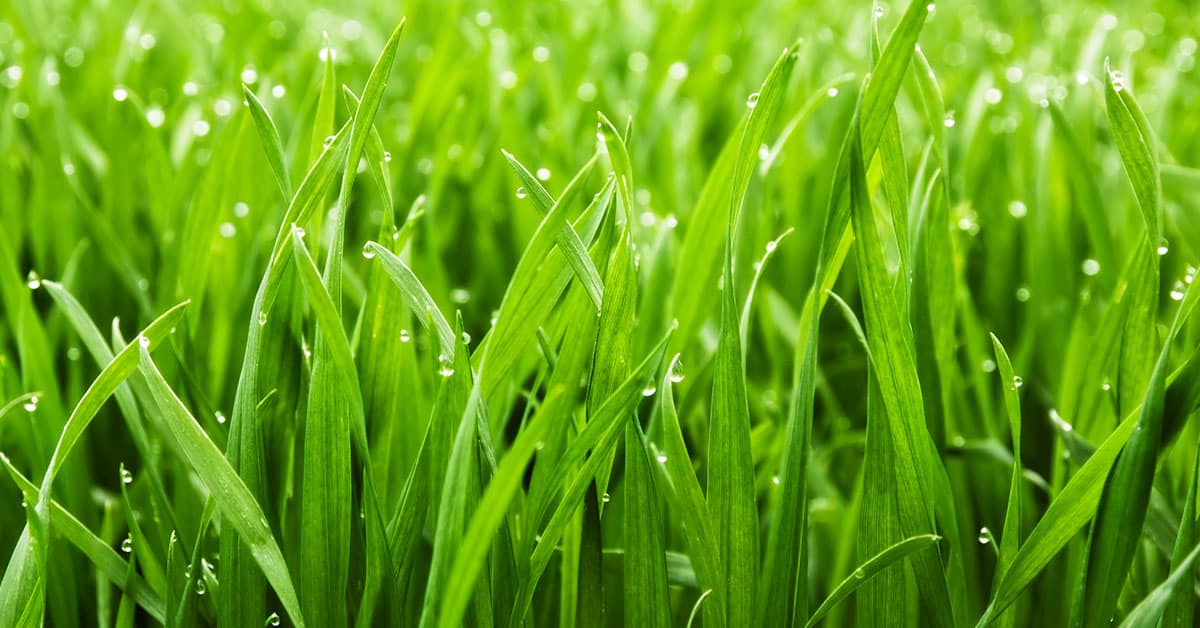
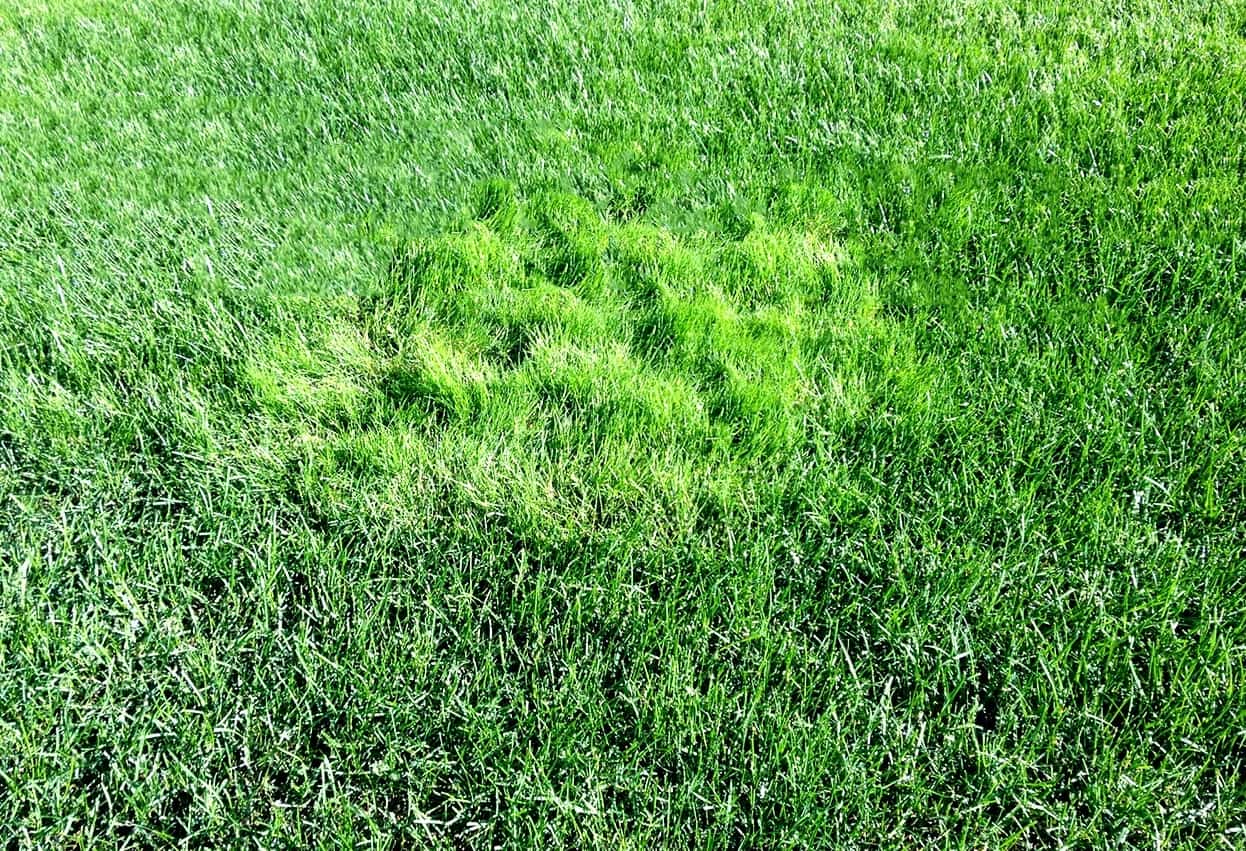
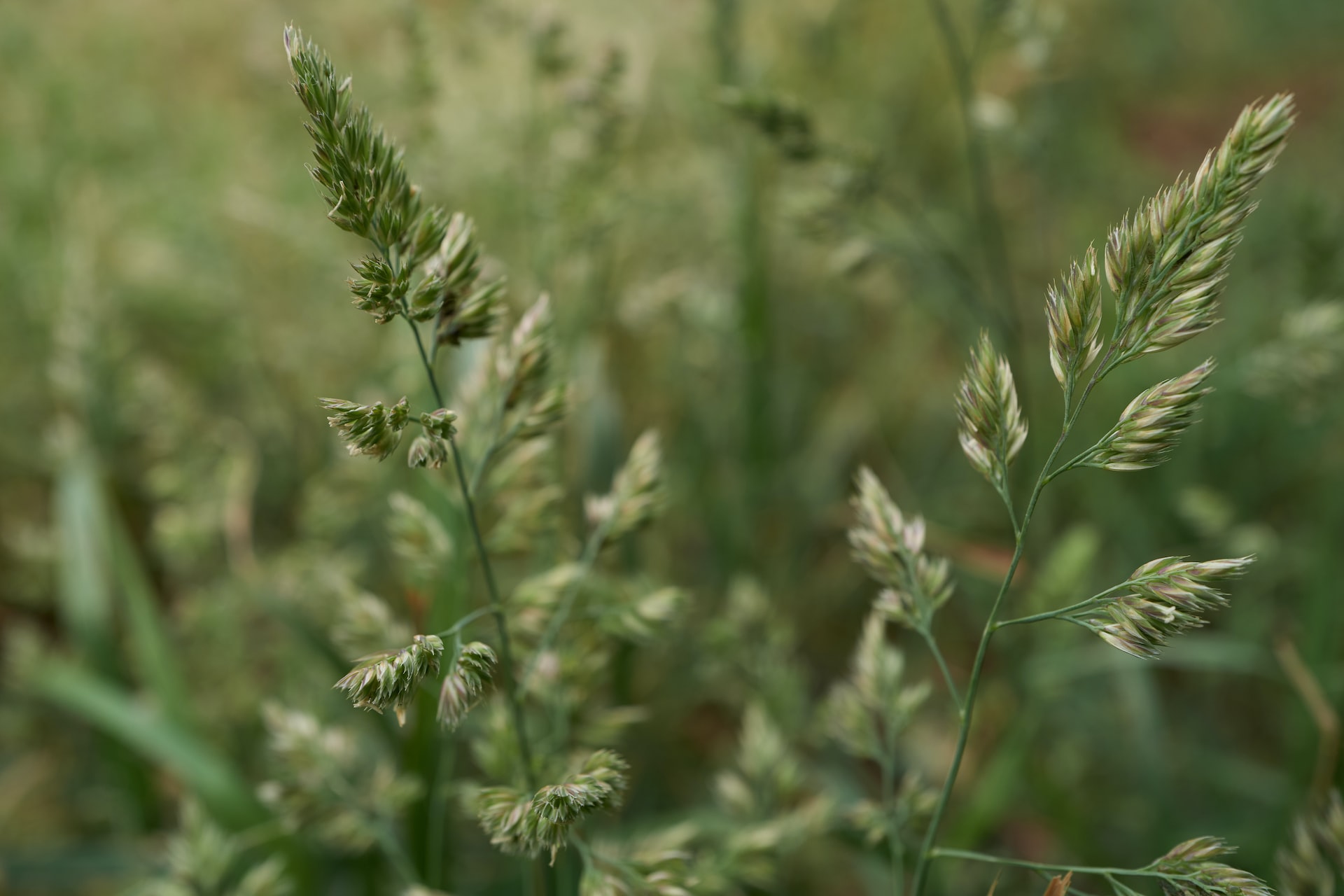
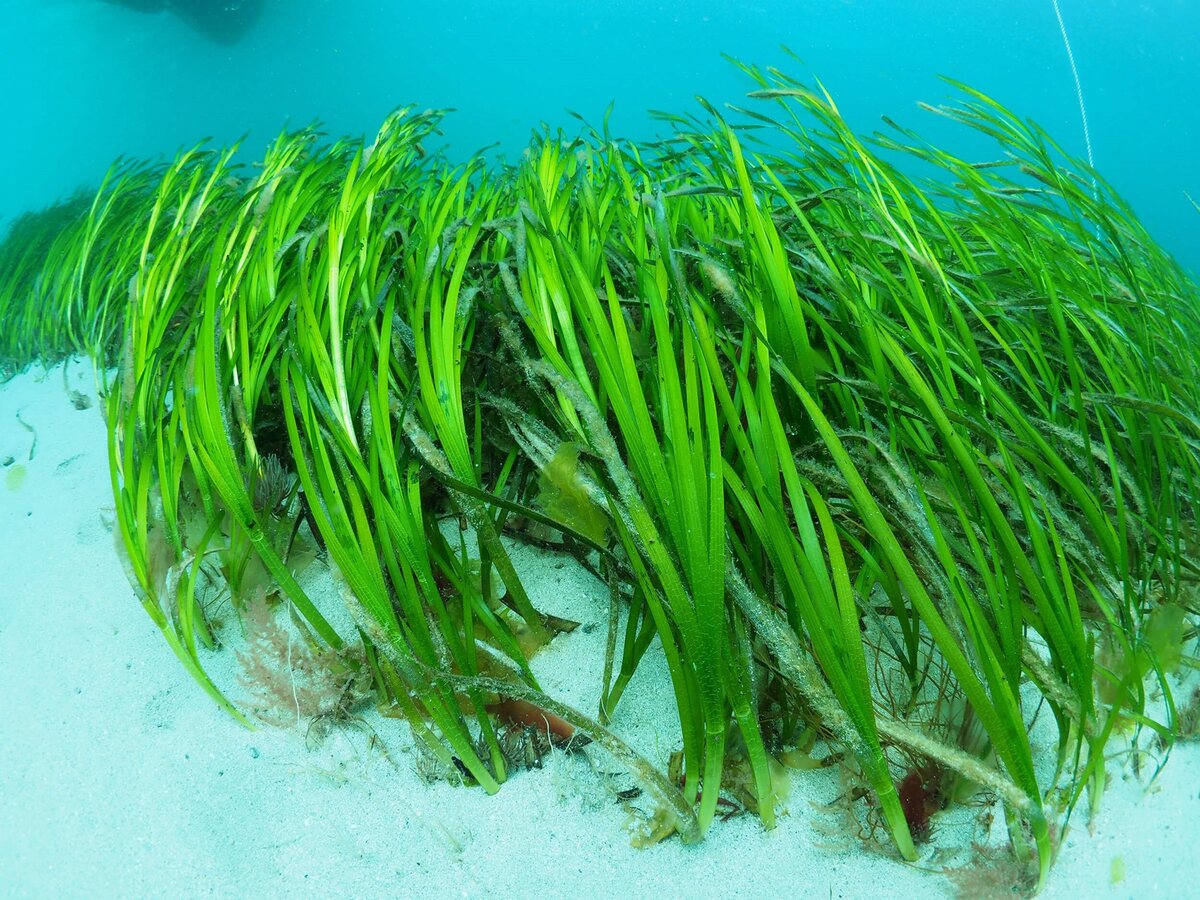
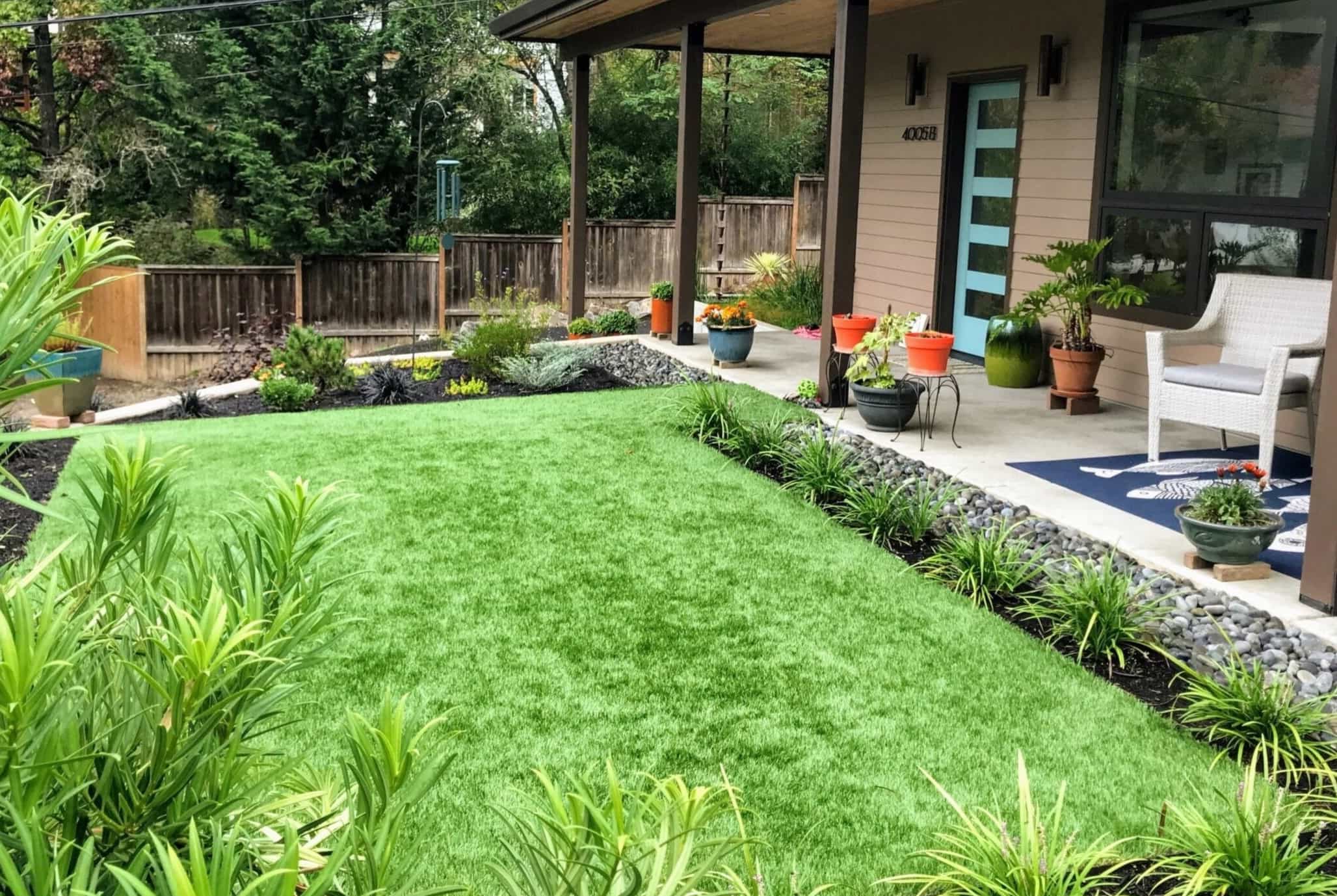

0 thoughts on “What Does Zoysia Grass Look Like”